Recent Articles
Popular Makes
Body Types
New Car Safety Technology You Should Know About
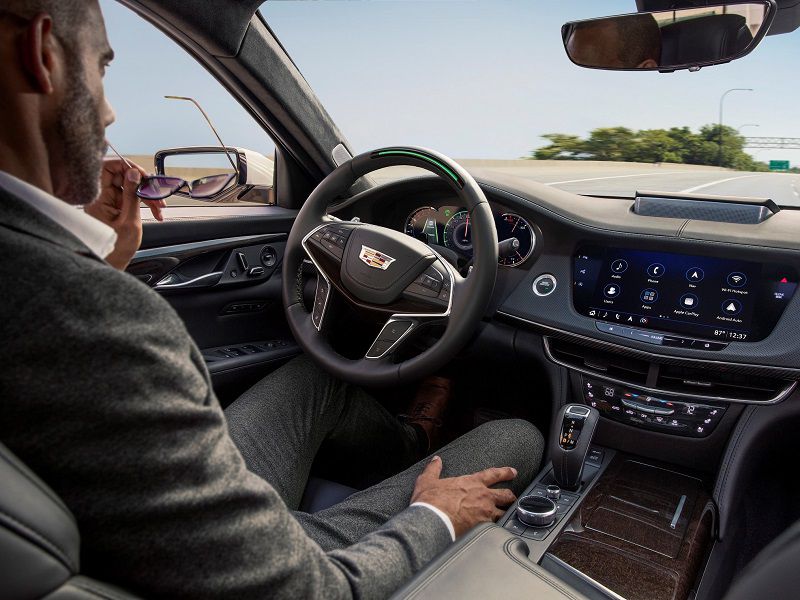
2020 Cadillac Super Cruise Hands Free ・ Photo by Cadillac
For a long time, auto journalists have joked about the appearance that modern cars are “smarter than they are.” With today’s rapid advances in technology, that joke is rapidly turning into the truth. The day is not too far off when your car will drive itself better — and safer — than you are able to drive it.
We are not there yet, but current cars, trucks, vans, and SUVs can be equipped with a wide variety of technology that can improve the safety of their drivers, passengers, occupants of other vehicles, and even pedestrians and bicyclists. Improvements in cameras, radar, lidar, and other sensing tech have been harnessed in systems that help you stop, go, turn, and back up all while avoiding hazards. Here is a rundown of new car safety technology you should know about.
Adaptive Cruise Control
Adaptive cruise control is a contemporary and much-improved version of decades-old cruise control, which in its most rudimentary form was the ability to set the desired speed. With such a system, it was imperative that the driver correct that speed based on other traffic.
Adaptive cruise control, sometimes called “dynamic cruise control” or “radar cruise control,” uses computer and sensing technology to enable the system to adjust vehicle speed to conditions, and, in some systems, apply the brakes and stop the car. The most advanced systems not only can stop the car but also can initiate acceleration back to the set desired speed once conditions warrant. That is commonly called “adaptive cruise control with stop and go.” Such systems are not only well-suited for cross-country travel on lightly traveled Interstates and other highways, but also provide significant benefits in bumper-to-bumper traffic.
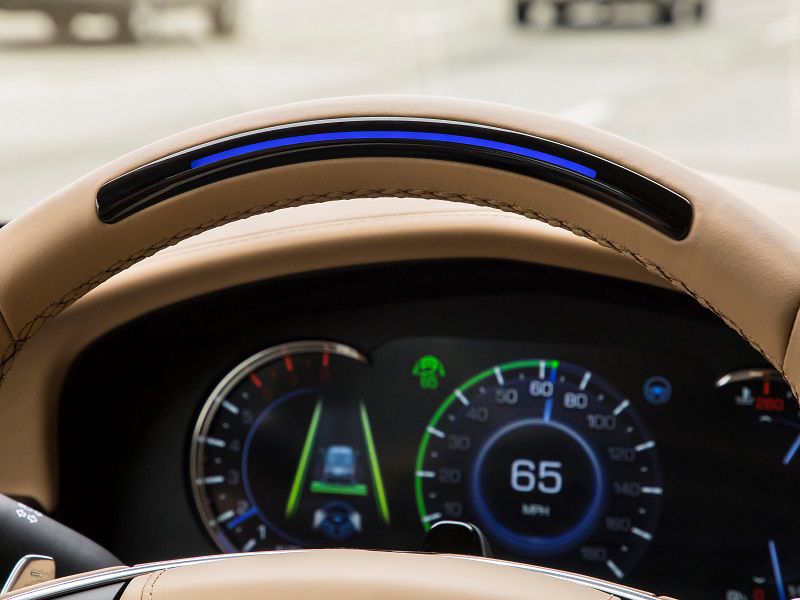
Photo by Cadillac
Forward-Collision Warning
You move your eyes from the road to adjust the climate control — and in that split-second, when your attention is turned elsewhere, the car in front of you suddenly jams on the brakes. It happens every day. It is one of the most common types of accidents, and there are circumstances when it can be deadly.
A forward-collision warning is designed to bail you out in just that kind of situation. While you are looking at the fan knob or the radio button or the map on the infotainment screen, it will continue to look down the road for you, monitoring the speed of the vehicle in front of you. If the system determines that a collision is a strong possibility, it will alert you to apply the brakes with audio and visual warnings. Some forward collision warning systems only operate at low speeds, but others function in virtually all speed ranges.
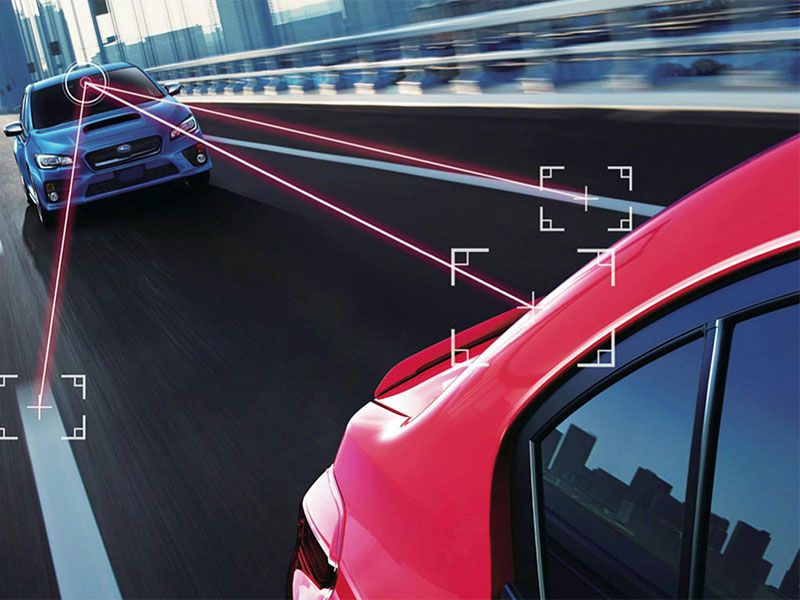
Photo by Subaru
Automatic Emergency Braking
A natural extension of the forward-collision warning is automatic emergency braking. In a basic forward-collision warning system, the driver is warned of an impending crash and, with luck, that warning enables the driver to avoid a collision by braking swiftly. Automatic emergency braking essentially takes the final burden of stopping the car off the driver’s shoulders and places it onto the system itself.
A car equipped with automatic emergency braking can sense an impending collision by “seeing” what the vehicle immediately in front of it is doing. If it expects the scenario to potentially result in a crash, it applies the brakes to slow the car autonomously. In some cases, the automatic braking enables a collision to be avoided. In circumstances when the physics of the incident makes avoiding a collision impossible, slowing the vehicle before impact can make the inevitable crash far less severe. Some automatic emergency braking systems also feature pedestrian and bicyclist detection to help avoid collisions with those vulnerable potential victims.
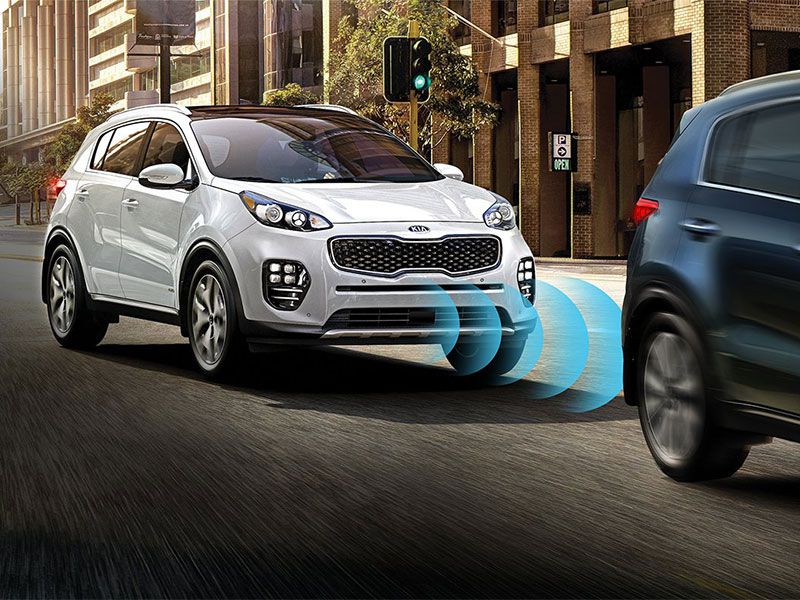
Photo by Kia
Rear Emergency Braking
A forward-collision warning is often supplemented with automatic emergency braking to guard against running into another vehicle that is in front of you. Rear automatic emergency braking, on the other hand, is designed to guard against running into another vehicle that is behind you.
Rearward vision when backing up is typically obscured, making this safety technology important. And it becomes even more important when it is enhanced by pedestrian detection. Such a system will automatically apply the brakes to prevent a collision or reduce the severity of an impact with an object such as a vehicle or, more critically, a child or adult behind the car. Rear emergency braking often works in conjunction with a rear cross-traffic alert. When sensors and the computer algorithm predict an impending collision, the brakes will be called into play to stop the car as quickly as possible.
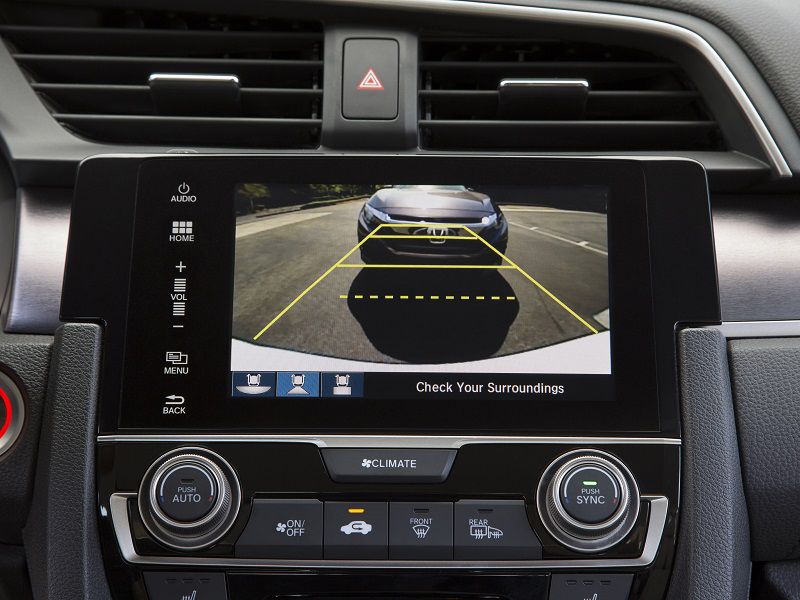
Photo by Honda
Blind-Spot Warning/Assist
Those who have driven for any length of time have certainly been in a situation when they have been about to change lanes only to realize there is a car almost immediately next to them hiding in a “blind spot.” Blind-spot collisions are very common, leading to the invention of blind-spot monitors and warnings.
These systems have cameras and sensors that can literally see where the driver can’t. As part of their warning functions, many systems illuminate lights on or near your car’s exterior mirrors to signal that the lane immediately to your right or left is filled. Should you activate your turn signal to move in that direction, the systems will emit audible warnings. In systems that also have an “assist” feature, the steering will actively resist the driver’s effort to change lanes when a vehicle is in the blind spot.
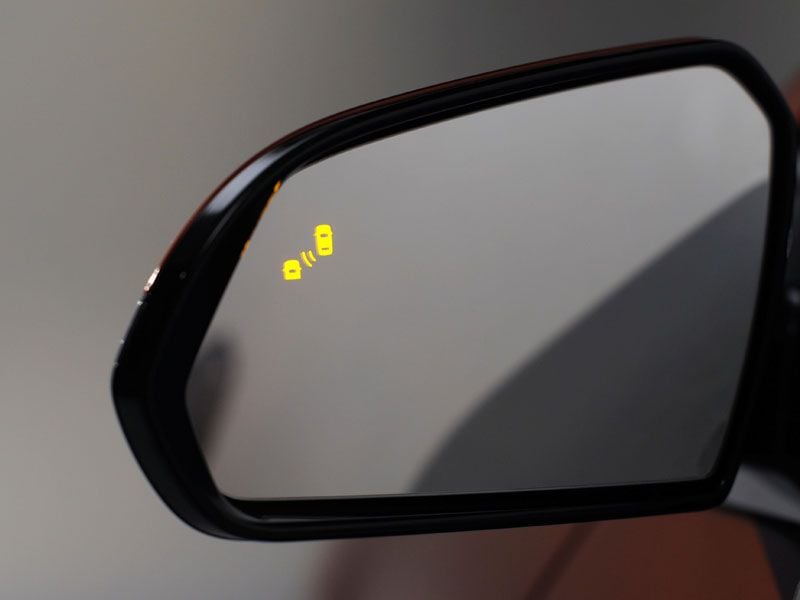
Photo by Hyundai
Rear-Cross Traffic Alert
Parking lots can be dangerous places. The rear cross-traffic alert was engineered to help you back out of parking spaces where approaching traffic might be obscured by other parked cars.
The system monitors your car’s immediate left and right rear quadrants for approaching vehicles when your car is in reverse. If a vehicle enters the danger area, the system will issue visual and/or audible alarms. The visual warning may appear on the dashboard, rearview mirror, or side-view mirrors. The system’s sensors typically use radar or ultrasonic waves to detect cross traffic, and those sensors are most often positioned near the rear bumper. The rear cross-traffic alert often uses the same sensors as the blind-spot monitoring system. A backup camera can also help you become aware of dangerous cross traffic behind you, but the cross-traffic alert can detect moving vehicles before they enter the camera view.
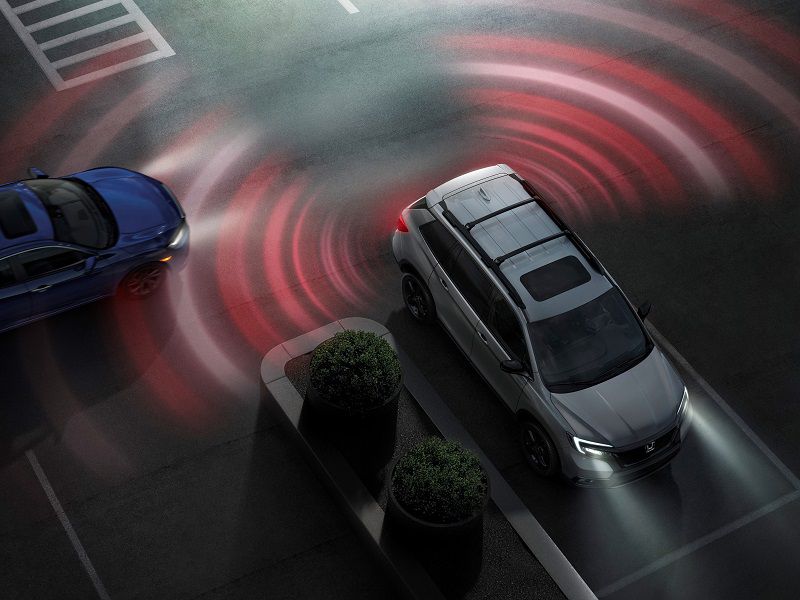
Photo by Honda
Lane-Departure Warning/Assist
Lane departures and run-off-the-road accidents can be fatal. To help guard against these life-threatening incidents, lane-departure warning and assist systems are now available across a wide variety of models.
These systems use forward-facing cameras to view visible lane markers and determine your vehicle’s position relative to them. Some systems will also detect the outer edge of the pavement, especially when that edge is marked with a painted line. Should the system predict that your vehicle is about to leave its lane inadvertently, it will provide visual, audible, and/or even tactile warnings to alert you. Those systems with lane-keeping assist also actively aid steering and might brake to help prevent a lane or road surface departure. The closely related lane-centering assist uses automatic steering and/or braking to keep the car centered in its lane.
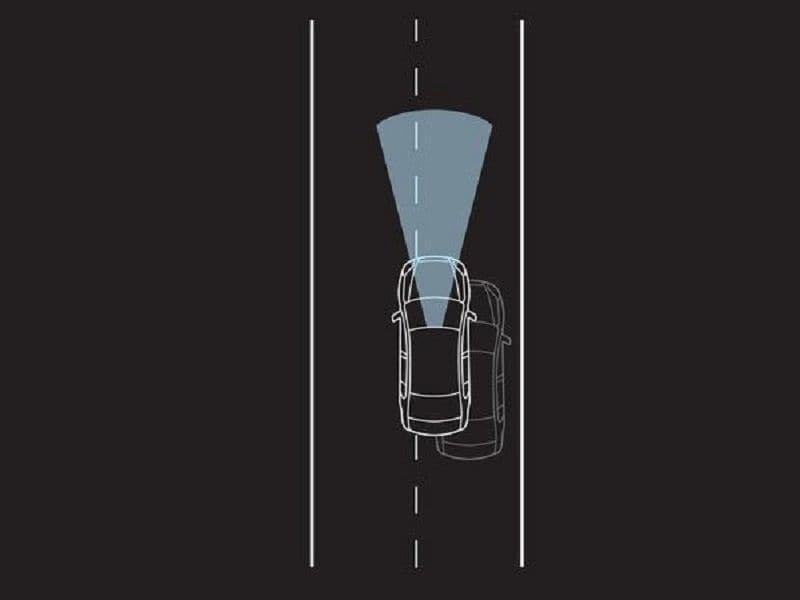
Photo by Subaru
Road Sign Assist
Road sign assist won’t tell you where you can get a roadside cheeseburger or how many miles you are from Rock City, but the system will give you important information on the speed limit and other critical traffic information.
Road sign assist typically uses a video camera in conjunction with road sign recognition algorithms to detect and classify round, triangular, and rectangular road signs. These signs can indicate stretches of road where particular speed limits are in force or passing is prohibited. Such systems can usually recognize a variety of other traffic signs, including road-work-related signs that might otherwise be missed. When the system identifies a road sign, it shows the information using icons in the dashboard and/or head-up display. The best systems reliably detect road signs on traditional signposts, variable message systems, and gantries.
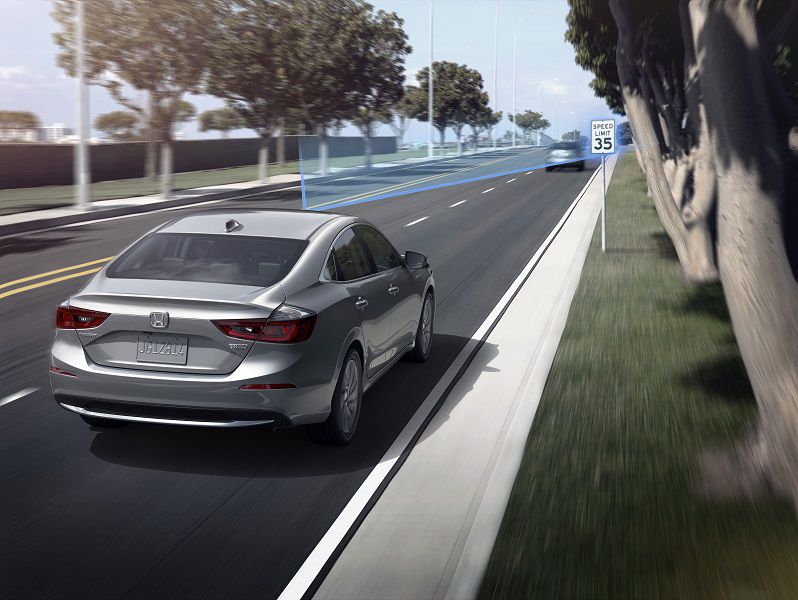
Photo by Honda
Near-Field Communications
Near-field communications (NFC) is a form of contactless communication similar to Bluetooth and Wi-Fi, but different from those technologies in some important ways. In NFC, a device typically known as a reader creates a radiofrequency current that communicates with another NFC-compatible device.
For example, an NFC device, typically a smartphone, might be programmed with the ability to communicate with the vehicle to unlock the doors. Similarly, the smartphone might receive safety-related information directly from the vehicle’s safety and driver-assist features. NFC might be used for toll-taking on toll roads, eliminating toll booth traffic jams that can cause collisions.
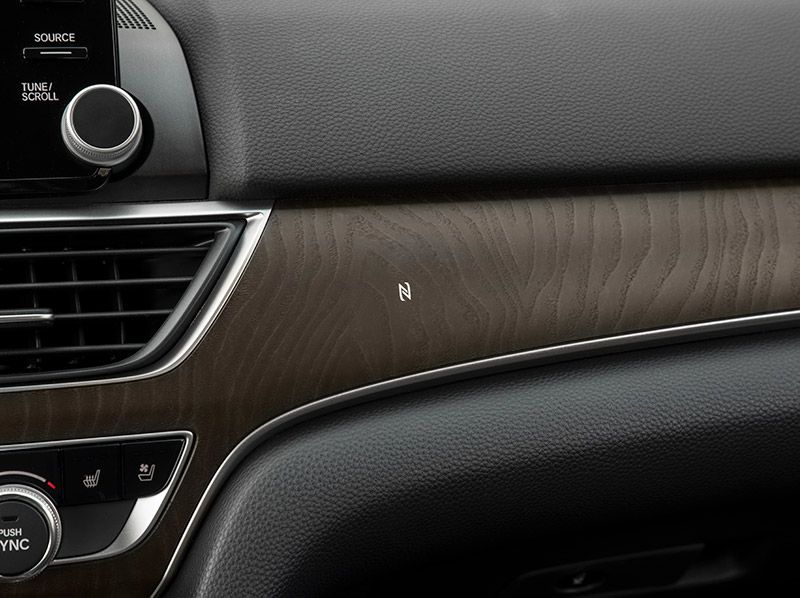
Photo by Honda
Vehicle-to-Vehicle Communications
Ships at sea rarely collide despite the fact that the ocean has no road signs or lane markings. One reason for this is the fact that vessels “talk” to each other using the Automatic Identification System (AIS). The information provided by AIS equipment includes the unique identification of each vessel, its position, course, and speed. With this at their fingertips, helmsmen or even “smart” autopilots can make informed decisions about their current course, and alarms can alert them to a potential collision.
Vehicle-to-vehicle communications (V2V) has the potential to provide similar information to our cars that can prevent or reduce the severity of most intersection collisions. When equipped with this technology, each vehicle will continuously broadcast and receive a basic safety message. Other nearby vehicles equipped with V2V devices will receive and process the information to determine collision threats and issue warnings.
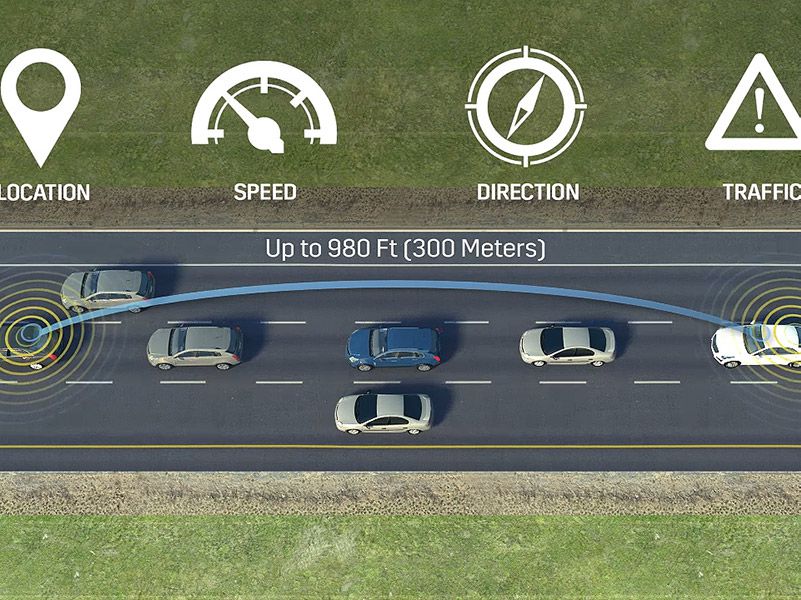
Photo by General Motors